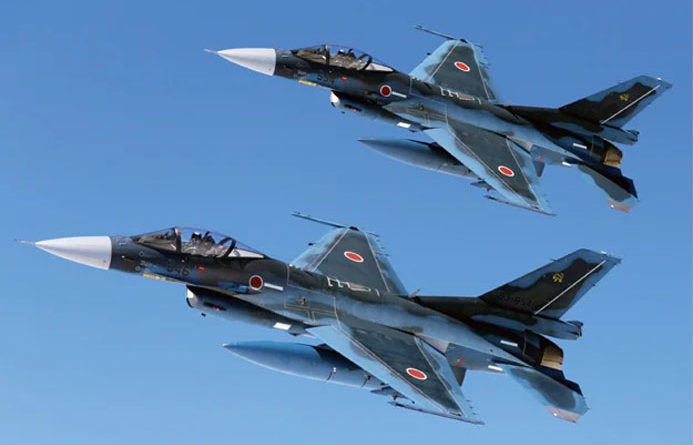Japan’s Military Unit To Make Pilot-Less Fighter Planes
Jan 02, 2021
Autonomous weapons require advanced machine-learning capabilities, and international rules have yet to catch up to the technology. The ministry plans to focus on teaming operations first for its 2035 goal, set to coincide with the deployment of Japan’s next-generation manned fighters.
NEW DELHI: With an eye on China and visualising the future of warfare, Japan has begun to develop a remote-controlled fighter aircraft which will be ready for deployment in 2035.
Nikkei Asia is reporting that the 15-year project has acquired urgency to counter China’s cascading advancement of hi-tech weaponry.
Currently, Tokyo stands outmanned and outgunned by its larger neighbour, the daily observes. It points out that China possesses more than 1,000 fourth-generation fighter jets that can reach supersonic speeds, about triple as many as Japan. It has also begun deploying fifthgeneration stealth fighters.
Japan’s Defence Ministry plans to introduce fighter drones in three stages – first, those that are remote-controlled, then “teaming” operations where one manned plane would control several drones, and ultimately for use in completely unmanned and autonomous squadrons.
Autonomous weapons require advanced machine-learning capabilities, and international rules have yet to catch up to the technology. The ministry plans to focus on teaming operations first for its 2035 goal, set to coincide with the deployment of Japan’s next-generation manned fighters.
Japanese companies, part of Tokyo’s re-emerging military-industrial complex, which have been engaged in the project include Subaru. The company will be in charge of developing remote and flight control capabilities. The legendary Mitsubishi Heavy Industries (MHI) and Mitsubishi Electric will work on an instantaneous informationsharing system between multiple aircraft. The ministry’s Acquisition, Technology and Logistics Agency is also planning out artificial intelligence technology for the drones.
Analysts say that the coming together of Japanese military-industrial complex evokes memories of another era when imperial Japan was on a high.
Established in 1887, MHI, based in Nagasaki, the city that was nuked towards the end of World War -2, cut its teeth in building warships for the imperial navy. Today, MHI’s products include aerospace and automotive components, air conditioners, elevators, forklift trucks, hydraulic equipment, machine tools, missiles, power generation equipment, printing machines, ships, aircraft, railway systems, and space launch vehicles.
Japanese players could partner with the US and British companies as well, the daily said.
The Japanese defence ministry will invest 2.5 billion yen ($24.3 million) into remote and flight control technology, and another 200 million yen into AI technology. It aims to conduct a flight test with a small prototype around fiscal 2024 when the research phase is expected to wrap up and start designing the final product as early as fiscal 2025. The final fighter drone could be equipped with detection and missile capabilities.
Japan’s reliance on technology is meant to offset its shortfalls in manpower. The project will thus allow one pilot to control multiple drones, and having the jets share information with each other. The drones could also gather data in dangerous areas without risking the lives of Japanese self-defence personnel.
In view of the Chinese threat, Japan is also an active member of the Indo-Pacific Quad, which includes India, Australia and US as partners.
Courtesy: ET

